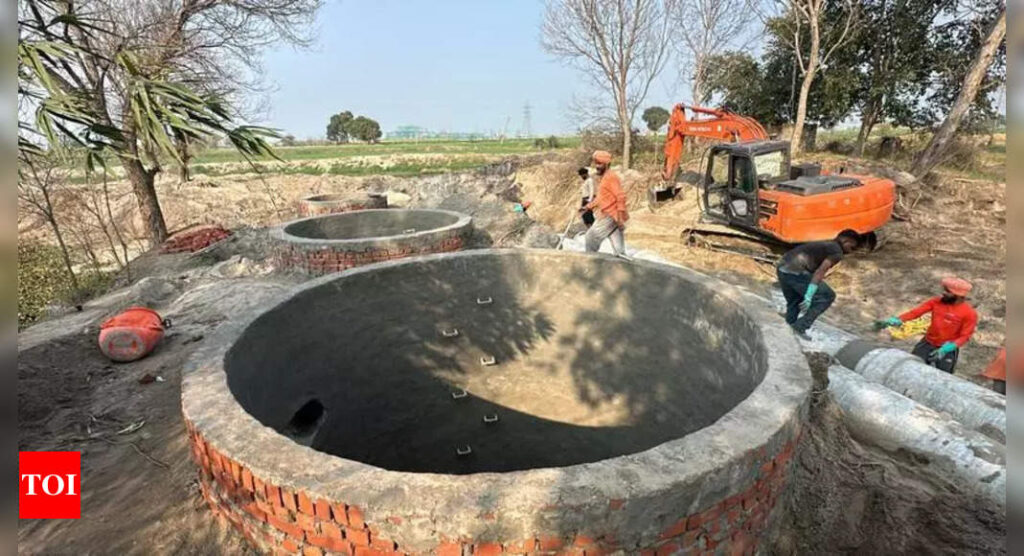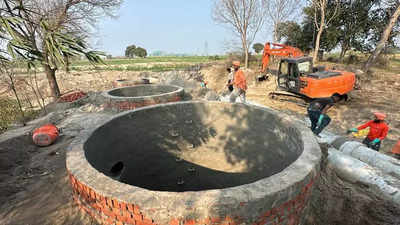
Ludhiana: Punjab Vidhan Sabha committee members visited Haibowal Dairy Complex after the meeting on Friday and saw how dairy farmers created small drains to carry waste water to Buddha Dariya, leading to pollution. Committee chairman Madan Lal Bagga asked officials concerned to stop dirty water from entering into Buddha Dariya.
Meanwhile, final touches are being given to the Seechewal model of pollution management, being installed in four villages on the outskirts of the city. Waste water from the villages of Bhukhari Kalan, Bhukhari Khurd, Buddhewal, and Lakhowal had been flowing into the Buddha Dariya. Adoption of the Seechewal model is expected to check discharge of such water into the embattled drain.
The models, comprising three wells, were built in all four villages in a week. The models are based on the cyclonic method, wherein water in these wells circulates in such a way that impurities are separated. Rajya Sabha member and environmentalist Balbir Singh Seechewal said that under this model, when village water enters the first well, silt settles. In the second well, floating objects and grease are separated. By the time water reaches the third well, it is clean.
After the water circulates through the three wells, it enters a large pond. Bacteria produced in the pond through aerobic action due to sunlight also eliminates impurities and bad smell from the water. A motor installed on the other side of the pond is used for agriculture.
Seechewal said that treated water would be supplied to fields, which would save groundwater and reduce the need for fertiliser for crops. He added that waste water management had been done in more than 200 villages of Punjab under a similar model. Of the seven villages upstream of the drain, this model had been installed in four and the remaining three villages would also be covered soon, he said.
MSID:: 118452765 413 |





